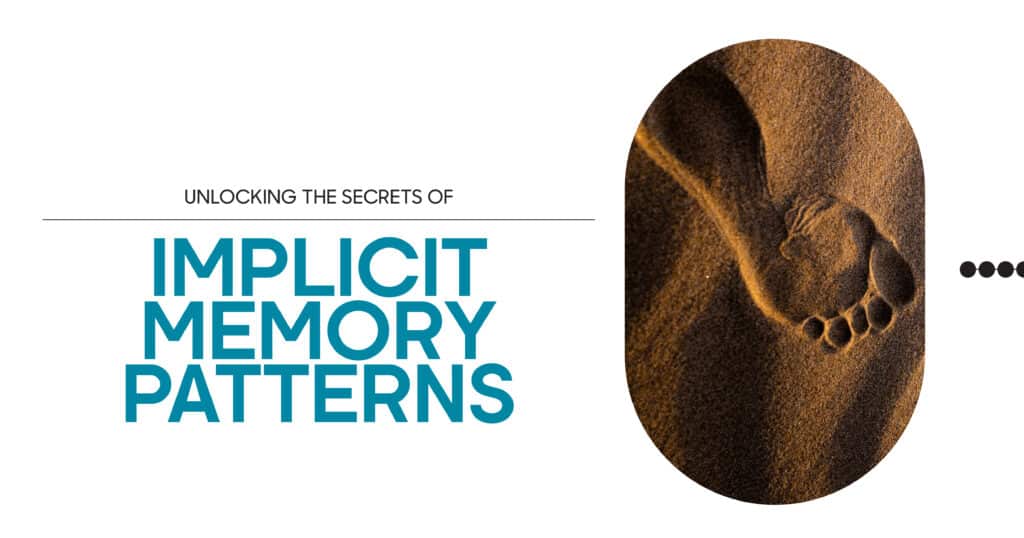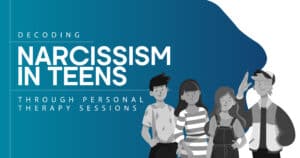Have you ever caught yourself doing something without thinking? Maybe typing your password or tying your shoes? That’s your implicit memory at work. Unlike memories you can consciously recall, it works behind the scenes. It guides your actions and reactions. It also handles emotional patterns without needing your attention.
Most people overlook how powerful this type of memory is. But it plays a huge role in shaping how we learn. Handles how we behave, and even how we feel. Let’s dive into the science behind implicit memory. It will help us better understand how it influences everything. From our daily habits to long-standing emotional reactions. And yes, it matters more than you think.
Introduction to Implicit Memory
Not all memories are ones we think about. Implicit memory is the kind that doesn’t announce itself; it just quietly does its job. While you might remember your last birthday (explicit memory), you’re not thinking step-by-step about how to walk or ride a bike. That’s implicit memory at work.
It’s involved in all kinds of automatic actions and emotional reactions, many of which you’ve picked up over time without realizing it.
Here’s what makes implicit memory unique:
- It works unconsciously, without effort or awareness.
- It helps form automatic behaviors like driving or typing.
- It holds skills and routines learned through repetition.
- It shapes emotional reactions through conditioning.
- It allows for priming, influencing your perception after prior exposure.
- It’s often called non-declarative because you don’t need to think about it to use it.
Even if you can’t explain why you do something a certain way, your brain remembers, and it’s probably pulling from your implicit memory bank.
The Science Behind Implicit Memory
Your brain doesn’t treat all memories equally. Some are front and center, others live in the background, quietly guiding behavior. That’s where implicit memory comes in. It’s not stored where conscious recall happens, like the hippocampus. Instead, it’s tucked into deeper brain structures.

These include areas like the basal ganglia, cerebellum, and amygdala. They’re more about movement, habit, and emotion than thinking or storytelling. So when you repeat an action or react emotionally without knowing why, that’s likely your implicit memory at work.
Here’s how your brain organizes these silent systems:
| Brain Region | Role in Implicit Memory | Example |
| Basal Ganglia | Stores habits and motor skills | Typing or riding a bike |
| Cerebellum | Handles coordination for automatic movements | Balancing without thinking |
| Amygdala | Manages emotional conditioning | Feeling anxious in a familiar stressful setting |
| Neocortex | Supports priming and learned associations | Recognizing logos faster after repeated exposure |
| Spinal Cord | Controls reflexive reactions | Pulling your hand away from heat. |
These systems don’t ask you to remember; they just act. And often, they do it faster than your thinking brain can catch up.
Types of Implicit Memory
There are several types of implicit memory. Each has its own role in shaping how we move, react, and process life. These types help you function without stopping to think. That’s why they’re often developed through repetition or emotional association.
Procedural Memory
This is the kind of memory that lets you “just know” how to do something. Think about brushing your teeth, typing on a keyboard, or riding a bike. You don’t consciously recall each step; you just do it.
These routines are stored deep in the brain. Once learned, they often stay with you. Even people with memory impairments can retain procedural skills. This shows how hardwired they become. Over time, with enough practice, actions become automatic, requiring less mental effort.
Priming and Conditioning
Priming happens when exposure to one thing influences how you respond to something else later. If you read the word “nurse,” you might quickly recognize the word “doctor.” Your brain is connecting concepts without your awareness.
Conditioning helps your brain link experiences with responses. If you always hear a loud bang before something stressful, you might start reacting to the sound alone. This learned association becomes deeply embedded through repeated exposure.
How Implicit Memory Influences Behavior
You might think most of your choices are conscious, but a surprising amount comes from deeply learned patterns you don’t even notice. That’s the magic of implicit memory. It influences how we act and react.
Here’s how implicit memory shows up in your day-to-day:
- Reinforces daily habits without conscious planning
- Enables automatic reactions to familiar tasks
- Triggers emotional responses shaped by past conditioning
- Supports multitasking by freeing up mental energy
- Drives preferences and gut reactions through priming
- Strengthens skills through repeated practice
- Influences how we read social cues or respond in relationships
Even small, everyday decisions are often nudged by silent memory systems built from years of repetition and emotional experience.
California Mental Health
Implicit Memory in Mental Health
Implicit memory is overlooked when it comes to mental health. Emotional responses are frequently rooted in experiences you can’t consciously recall. This can shape how we respond to people. It can shape your response to places, or even your thoughts.
For example, someone who experienced emotional neglect as a child might feel uneasy in loving relationships. Since non-declarative memory doesn’t rely on conscious recall, those early experiences still leave their mark.
In anxiety and trauma, this is especially clear. Triggers may cause physical reactions before the brain catches up. Even if someone doesn’t remember a traumatic event in detail, the conditioning lives on. These patterns can feel frustratingly out of reach, but they’re real and powerful.
Still, not all effects are negative. Implicit memory also helps build calming routines. This could be drinking tea at night. It might be following a relaxing schedule. These actions create emotional safety, even if we don’t think about them that way.
Understanding where reactions come from can give people a better shot at healing. Once you know what’s running in the background, you can finally start to shift it.
Therapeutic Applications
You don’t need to recall a memory to heal from it. That’s one of the most important things to know about working with implicit memory in therapy. Since these memories operate in the background, effective therapy often focuses on changing reactions, body responses, and routines rather than digging up specific events.
Modern approaches aim to rewrite patterns through experience, not just discussion. By engaging the nervous system and behavior directly, therapists can help reshape how you respond, even to things you can’t consciously explain.
Here’s how some therapies work with non-declarative memory:
| Therapy Approach | Targets | How It Helps |
| EMDR | Traumatic emotional patterns and unconscious reactions | Reduces reactivity tied to past experiences |
| Somatic Experiencing | Physical stress stored through implicit memory | Releases tension and restores regulation |
| Behavioral CBT | Automatic habits and thought loops | Builds healthier responses with repetition |
| Exposure Therapy | Learned fears through conditioning | Decreases emotional intensity over time |
| Repetitive Practice Routines | Installs new procedural habits | Strengthens emotional safety through structure |
It’s not about forcing recall. It’s about working with what your body and brain already know, just in a new direction.
Explore Memory With CA Mental Health
If you’re reactions feel automatic, like you’re not even choosing them, implicit memory might be the reason. These patterns don’t always show up as thoughts or memories, but they still shape how you move through life.
At California Mental Health, therapy goes beyond what you can say out loud. Their team understands that healing often means working with unconscious patterns, not just the stories you remember. By gently addressing the habits, emotional reflexes, and conditioning that operate behind the scenes, they help clients create meaningful, lasting change.
Whether you’re navigating anxiety, trauma, or just feel stuck, the right approach can help rewire these patterns for good. And you don’t have to figure it out alone. Reach out to CA Mental Health and explore how understanding your implicit memory can support your healing journey.

California Mental Health
FAQs
How does unconscious memory influence our everyday habits and skills?
Unconscious memory shapes our routines by letting us perform actions without thinking. It handles things like brushing your teeth, driving, or reacting emotionally without needing effort or recall.
What role does procedural memory play in the development of automatic behaviors?
Procedural memory stores learned skills so they become second nature. Over time, repetition turns effortful tasks into automatic routines.
How is conditioning linked to non-declarative memory processes?
Conditioning builds responses through repetition, often without conscious awareness. It’s a form of non-declarative memory where the brain connects triggers to reactions.
How does priming interact with implicit memory to affect decision-making?
Priming uses past exposure to influence how you respond to things later, without you realizing it. It speeds up recognition and subtly nudges your choices.
What distinguishes non-declarative memory from declarative memory in terms of skill acquisition?
Non-declarative memory is learned through doing, not remembering. It helps you build skills without needing to recall facts or instructions.







